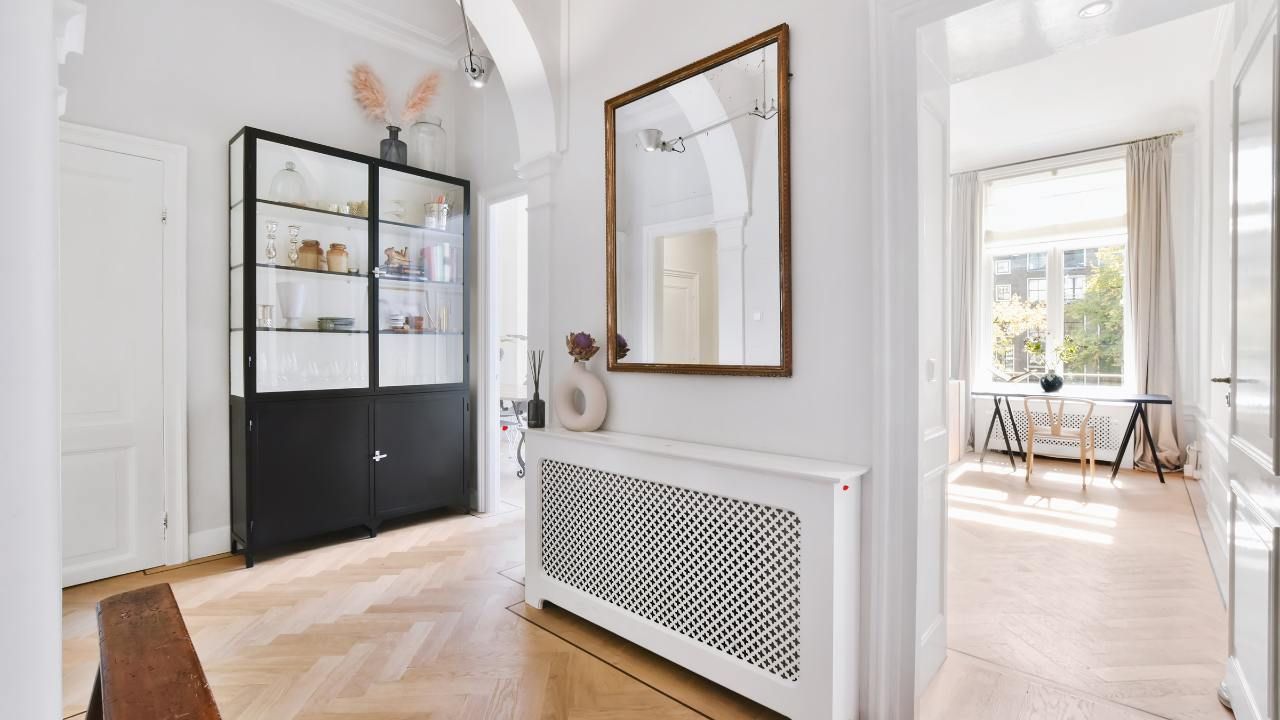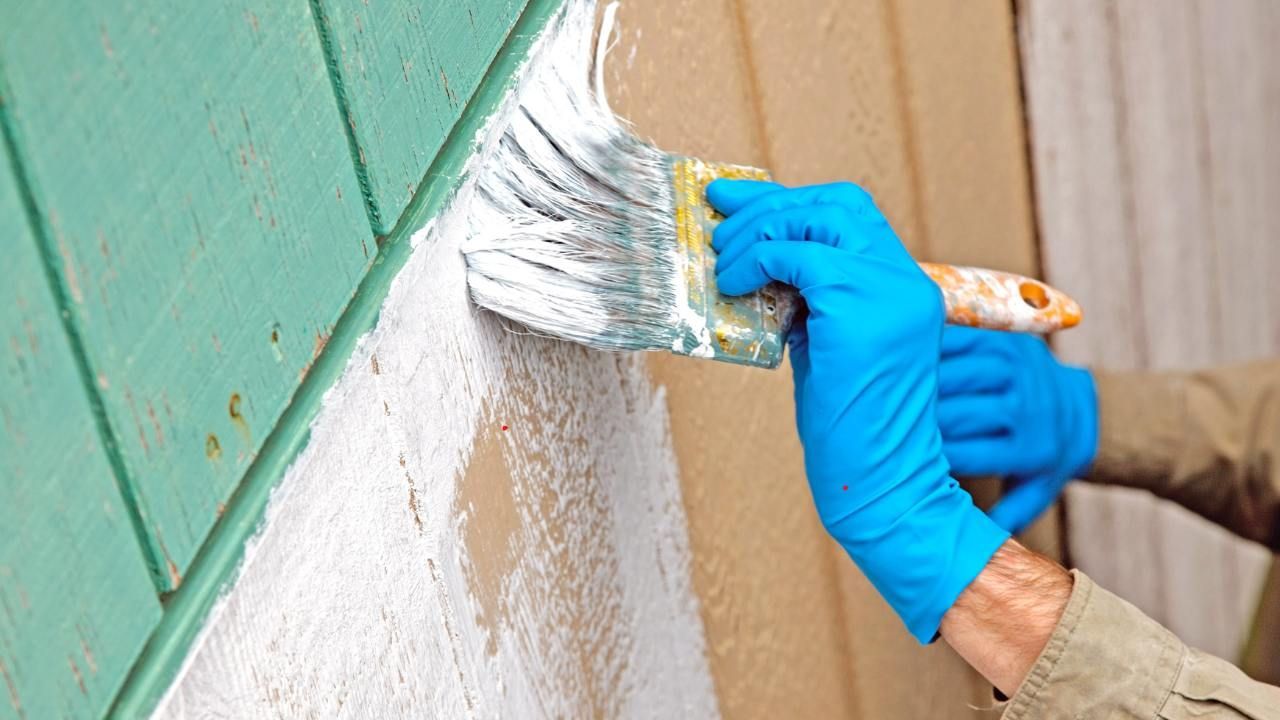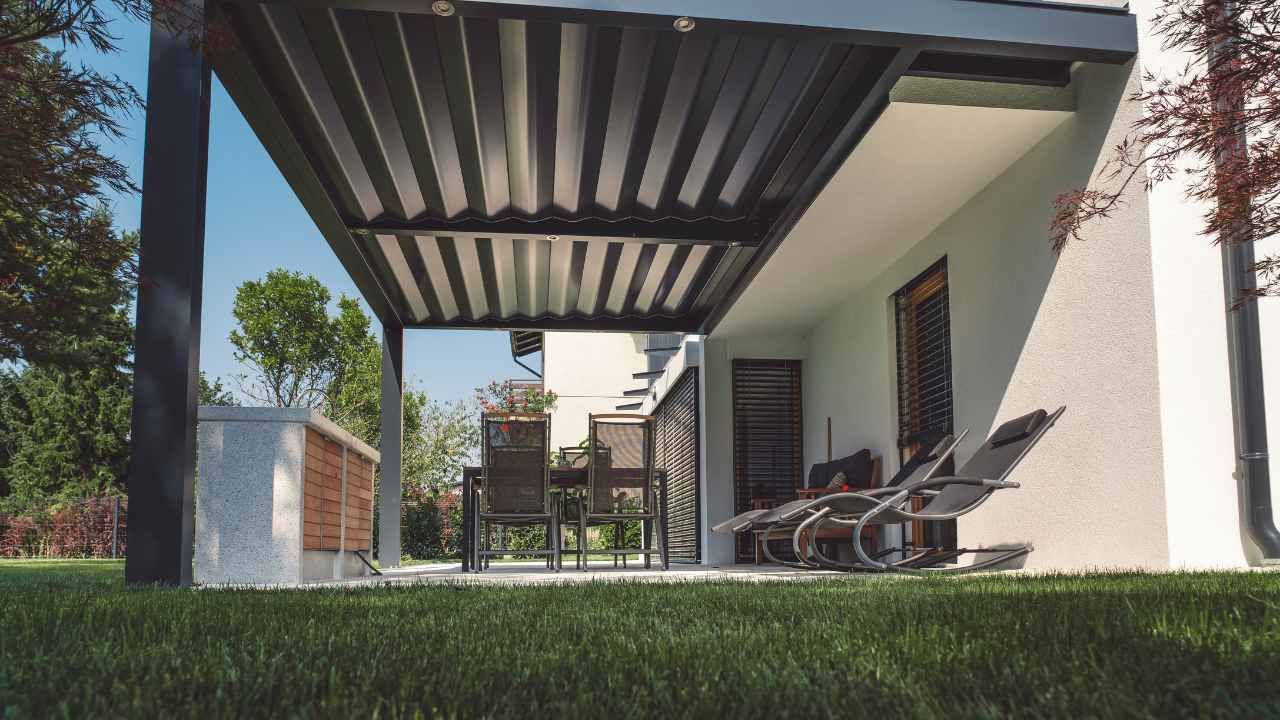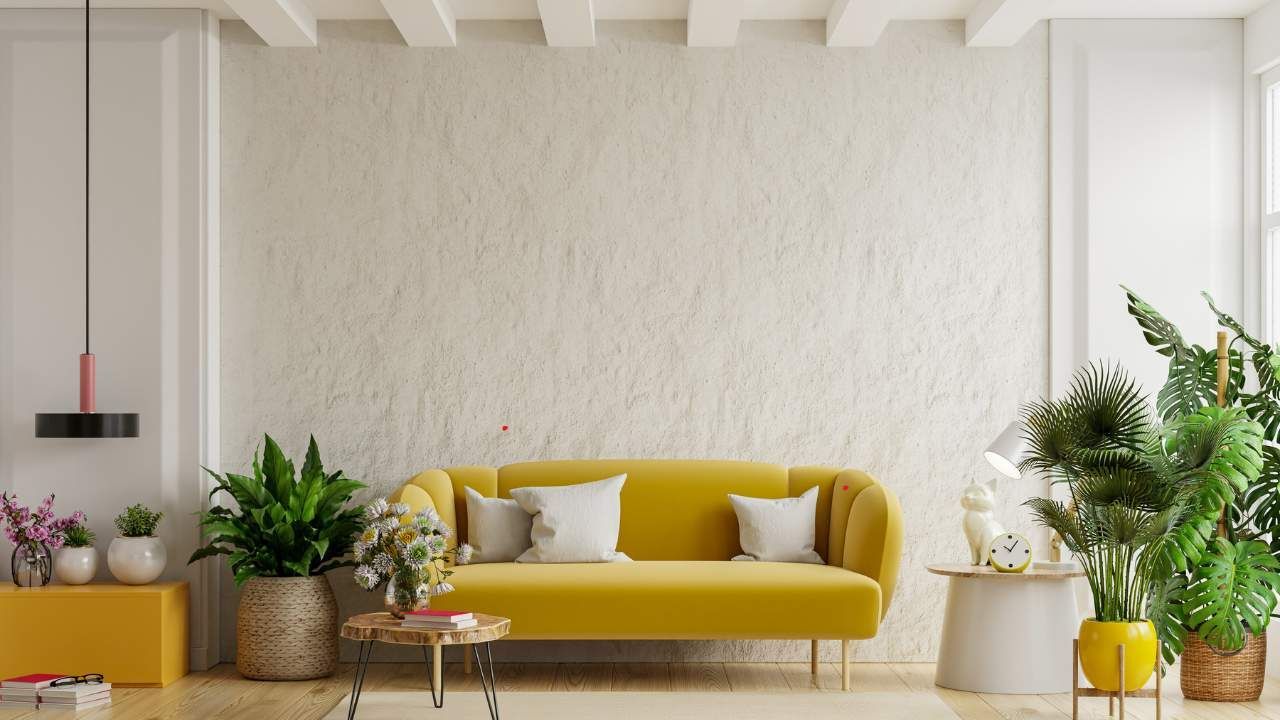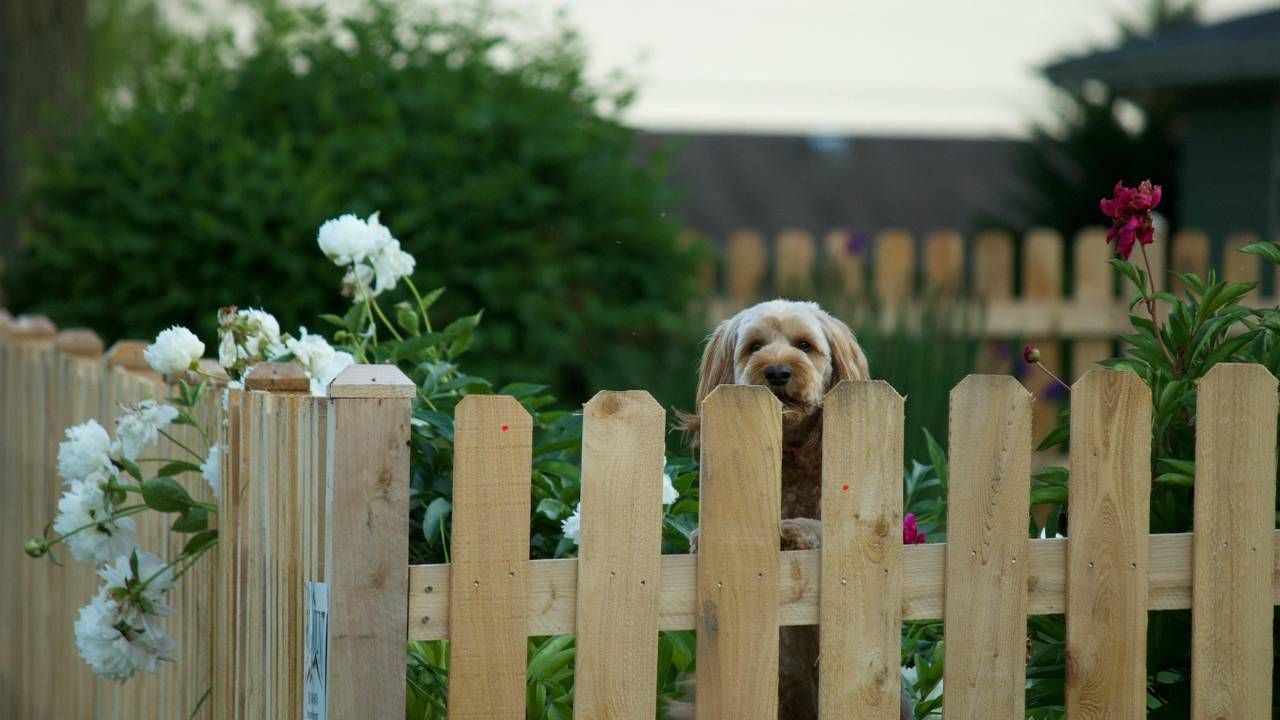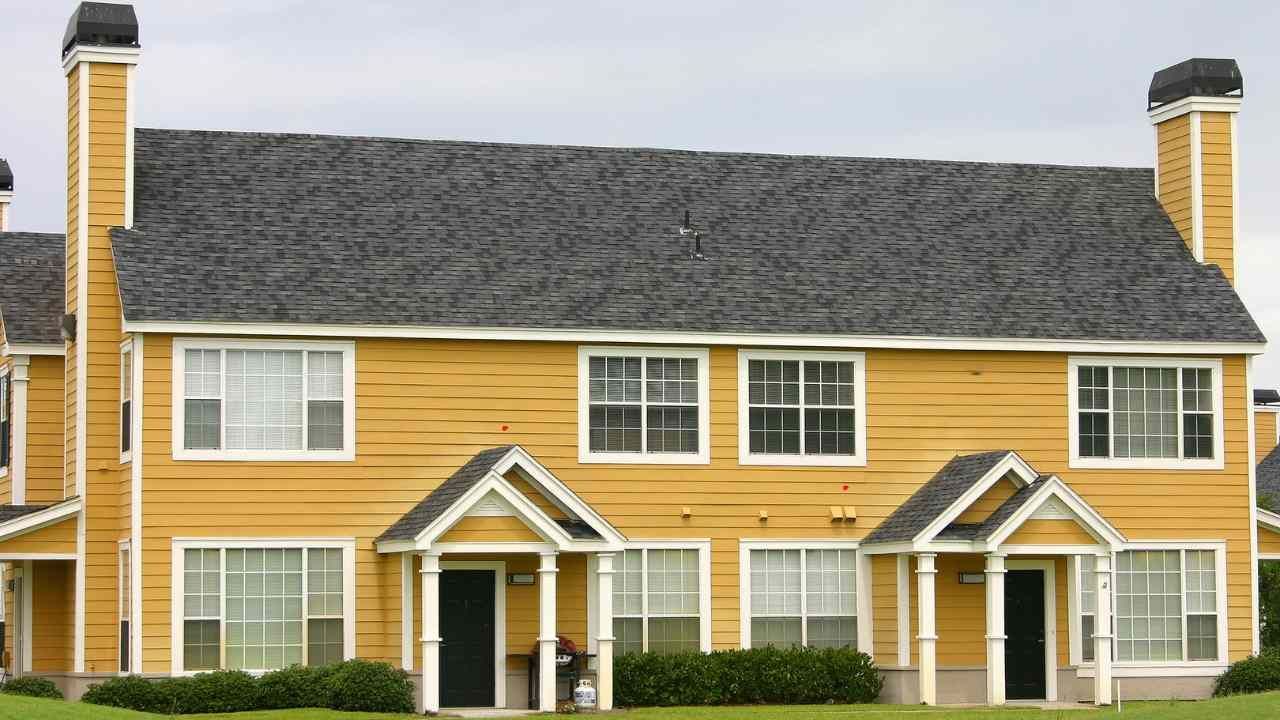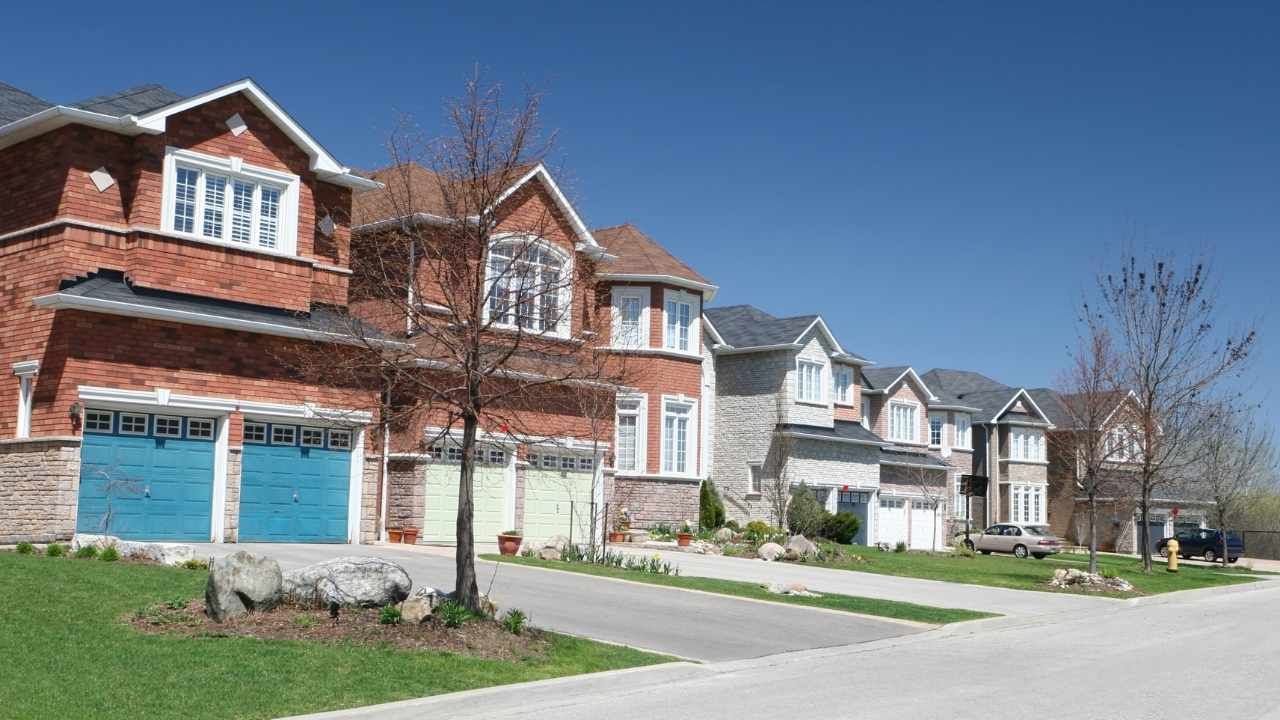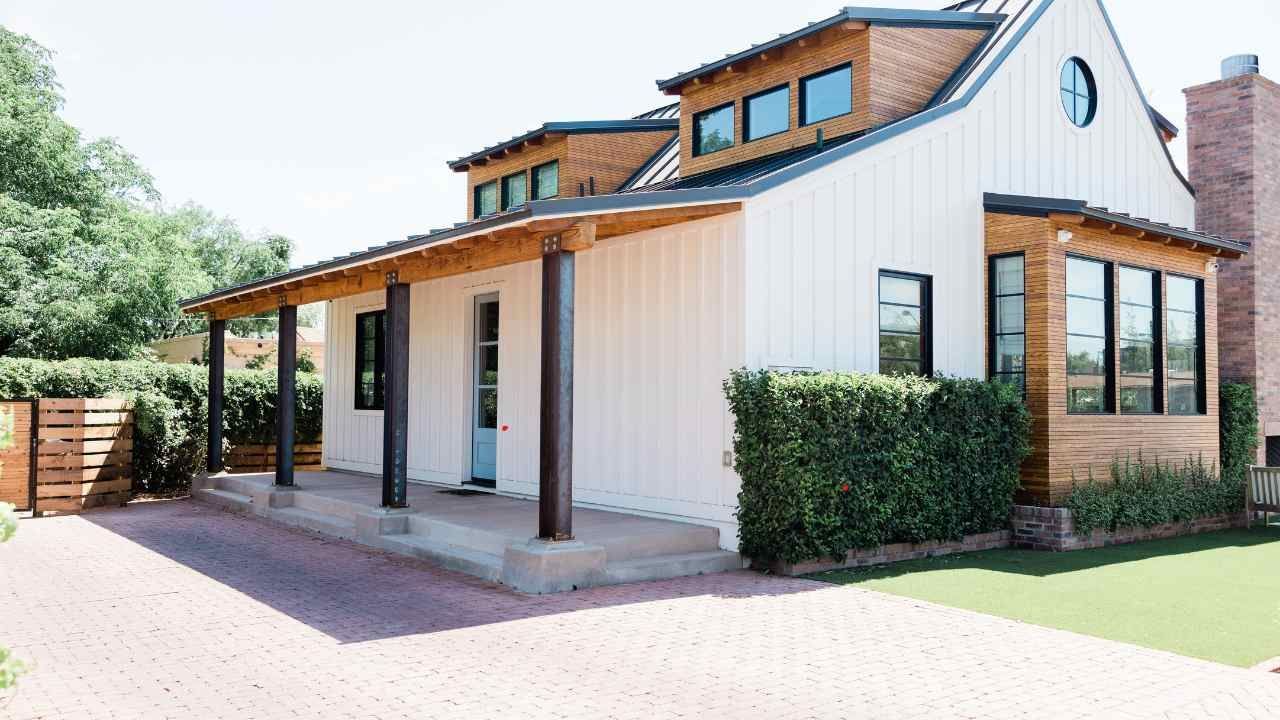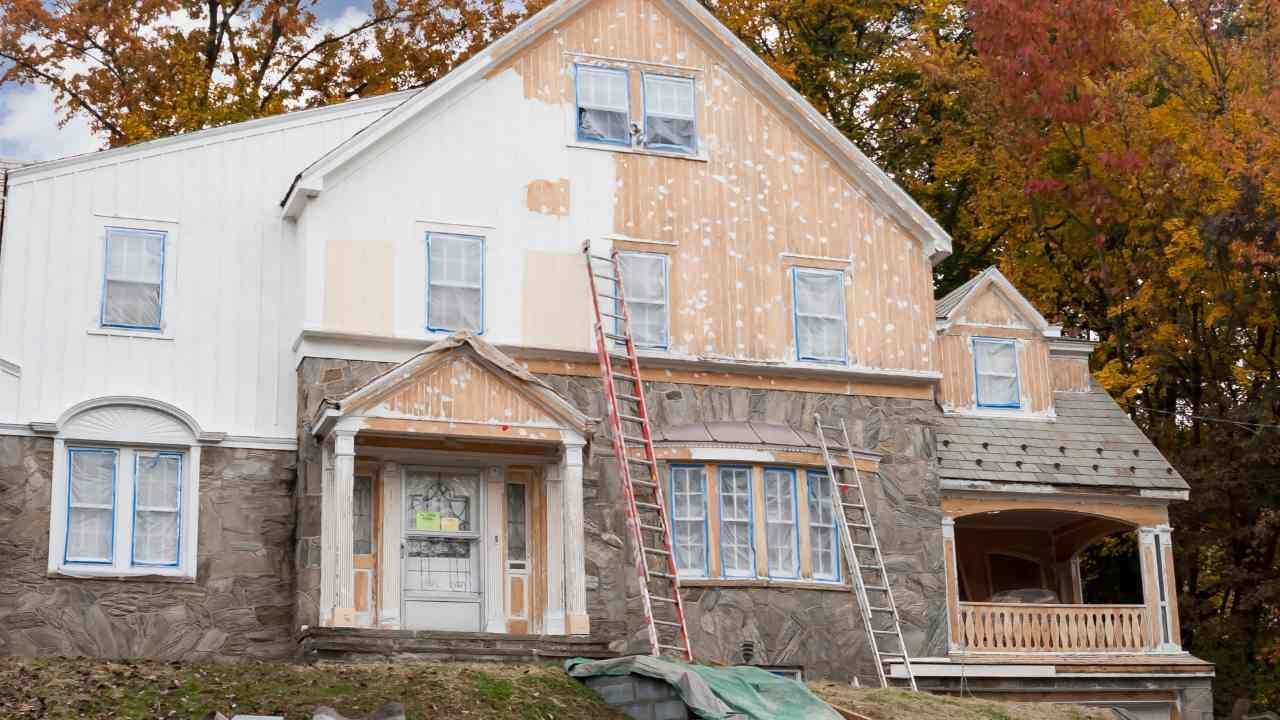Interior Painting Key Notes for Oregon's Climate
How The Beauty and Climate Diversity of Oregon Affects Residential Painting
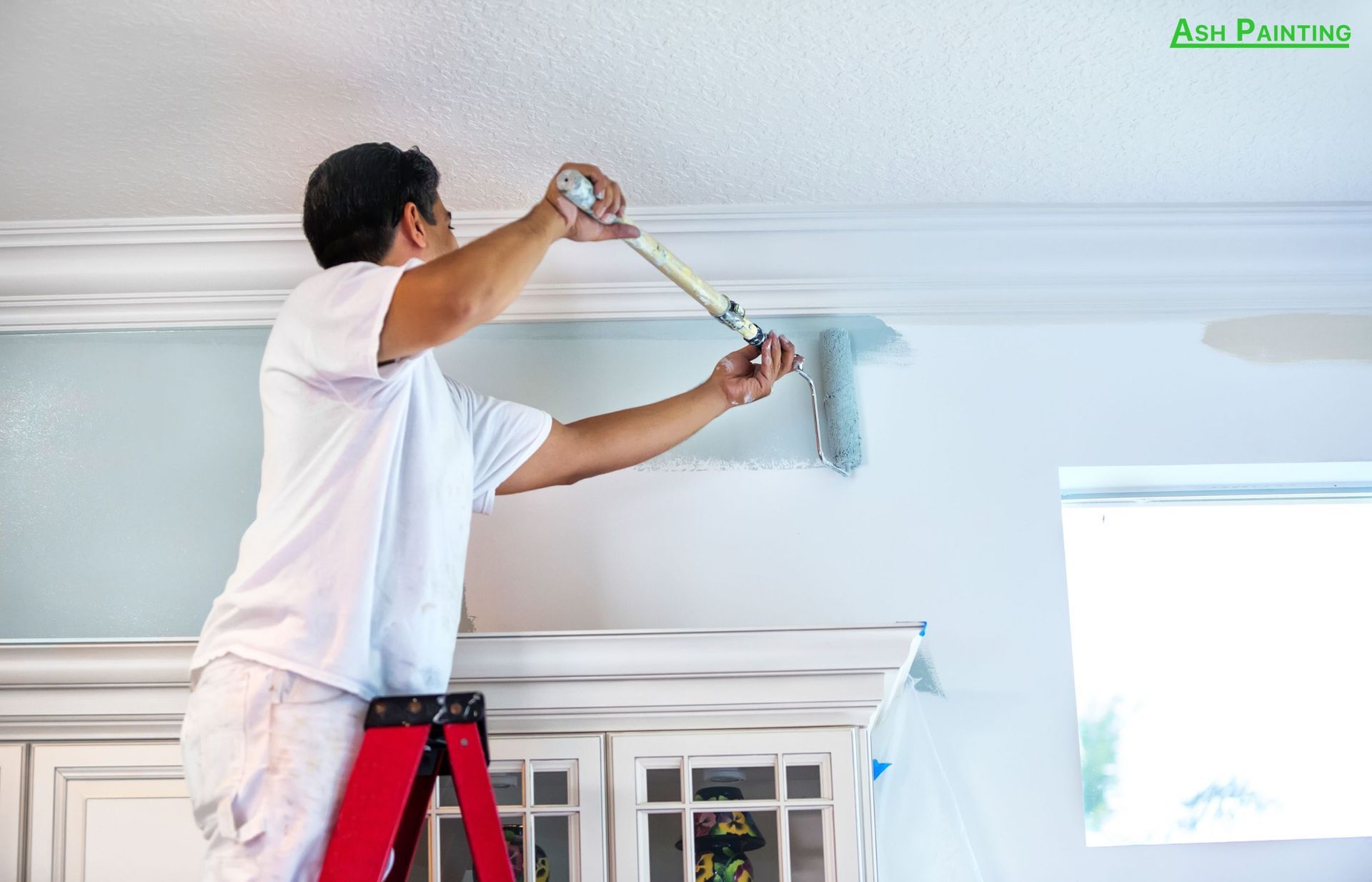
Oregon's diverse climate, marked by its lush forests, coastal areas, and high desert regions, brings both beauty and unique challenges when it comes to interior painting. Whether you're a homeowner looking to refresh your living space or a business owner aiming to create an inviting environment, understanding the impact of Oregon's climate on interior paint and following the right painting tips is essential for a successful project. In this comprehensive guide, we'll explore the specific considerations for interior painting in Oregon, from humidity management to choosing the right paint types and colors that suit the state's natural beauty.
Oregon is known for its stunning landscapes, from the rugged coastline along the Pacific Ocean to the lush forests, fertile valleys, and arid high desert regions. Its climate varies greatly across the state, with coastal areas experiencing milder, wetter conditions, the Willamette Valley boasting temperate weather, and the high desert featuring drier, sunnier days. This diversity makes Oregon an attractive place to live, but it also presents unique challenges for interior painting projects.
Contact us for expert advice on tackling these challenges effectively.
The Importance of Interior Painting
Interior painting is not just about aesthetics; it's about creating a comfortable and functional living or working space. The colors and finishes you choose can influence the mood and atmosphere of a room. In Oregon's changing climate, proper interior painting, handled by our painters, is also about preserving the condition of your walls and ensuring the longevity of your investment. In this guide, we'll explore how Oregon's climate affects interior painting and provide you with valuable tips to ensure your interior spaces remain beautiful, durable, and comfortable.
Acquainting Yourself With Oregon's Climate
Coastal Regions
Oregon's coastal areas are characterized by their mild, humid climate. Winters are relatively mild, while summers are cooler than inland regions due to the influence of the Pacific Ocean. Rainfall is common throughout the year, with the wettest months typically occurring during the winter.
Willamette Valley
The Willamette Valley, where cities like Portland and Eugene are located, enjoys a temperate climate with four distinct seasons. Summers are warm and dry, while winters are cool and wet. The valley is known for its lush greenery and is home to many vineyards and agricultural areas.
High Desert Areas
Eastern Oregon features high desert landscapes with arid conditions. Summers are hot and dry, and winters can be quite cold. Precipitation is limited, making this region considerably drier compared to the coastal and valley areas.
Now that we've explored the diverse climates of Oregon, let's delve into the specific interior painting challenges they present.
Interior Painting Challenges in Oregon
Humidity and Moisture
Oregon's coastal areas and the Willamette Valley experience high humidity levels, especially during the rainy season. Excess moisture in the air can lead to issues like peeling paint, paint bubbling, and the growth of mildew or mold on interior surfaces. On the other hand, high desert regions may experience lower humidity levels, which can lead to paint drying too quickly during application.
Temperature Variations
The state's diverse climates bring temperature variations, from mild coastal temperatures to hot summers in high desert regions. These temperature fluctuations can impact the paint's drying process, affecting its finish and durability. It's crucial to choose paint products that can withstand these variations.
Mildew and Mold Growth
In areas with higher humidity levels, such as coastal regions, mildew and mold growth can be a significant concern. These issues not only affect the appearance of painted surfaces but also pose health risks. Proper paint selection and ventilation are essential for preventing and addressing these problems. Now that we've identified the challenges, let's explore how to choose the right paint for interior projects in Oregon.
Choosing the Right Paint for Oregon Interiors
Low-VOC and Zero-VOC Paints
Low-VOC (Volatile Organic Compounds) and zero-VOC paints are environmentally friendly options that emit fewer harmful chemicals into the air. They are an excellent choice for interior painting in Oregon, especially in regions with higher humidity levels, as they can help maintain indoor air quality and reduce the risk of mildew and mold growth. These paints also tend to have lower odor levels, making them more comfortable for occupants during and after painting.
Moisture-Resistant Paints
For areas prone to moisture, such as coastal regions, moisture-resistant paints are a must. These paints are formulated to resist moisture penetration and are suitable for bathrooms, kitchens, and other areas where humidity is a concern. Using a moisture-resistant paint can help prevent issues like peeling or bubbling paint and mildew growth.
Satin and Semi-Gloss Finishes
Choosing the right paint finish is essential in regions with variable climates like Oregon. Satin and semi-gloss finishes are easier to clean and more resistant to moisture than flat or matte finishes. They are ideal for high-traffic areas and spaces that may be exposed to moisture, such as bathrooms and kitchens. These finishes also reflect more light, brightening up interiors and making rooms feel more spacious.
Interior Painting Tips for Different Oregon Regions
Coastal Areas
- Choose Mold-Resistant Paint: In coastal regions with high humidity, opt for mold-resistant paint products to prevent mildew and mold growth on interior walls.
- Maintain Proper Ventilation: Use exhaust fans and ensure good ventilation in bathrooms and kitchens to reduce moisture buildup and the risk of paint-related issues.
- Regular Maintenance: Schedule regular inspections and touch-ups to address any signs of paint damage or mildew growth promptly.
Willamette Valley
- Temperature Considerations: Be mindful of temperature fluctuations, especially during the transition between seasons. Allow adequate drying time between coats, and avoid painting during extreme temperature swings.
- Color Choice: Choose paint colors that reflect the region's lush greenery and natural beauty. Earthy tones and botanical-inspired colors can enhance the connection to the valley's landscape.
- UV Protection: Even in temperate climates, consider using paint with UV protection, as it can help prevent color fading over time.
High Desert Regions
- Moisture Control: In drier areas, consider using moisture-absorbing paint additives to prevent paint from drying too quickly, which can result in a streaky finish.
- Sun Protection: High desert regions often experience intense sunlight. Use paint products witth UV resistance to prevent sun damage and color fading.
- Accent Colors: Embrace the desert landscape by incorporating warm, earthy colors into your interior design. Earth tones and desert-inspired hues can create a harmonious atmosphere.

